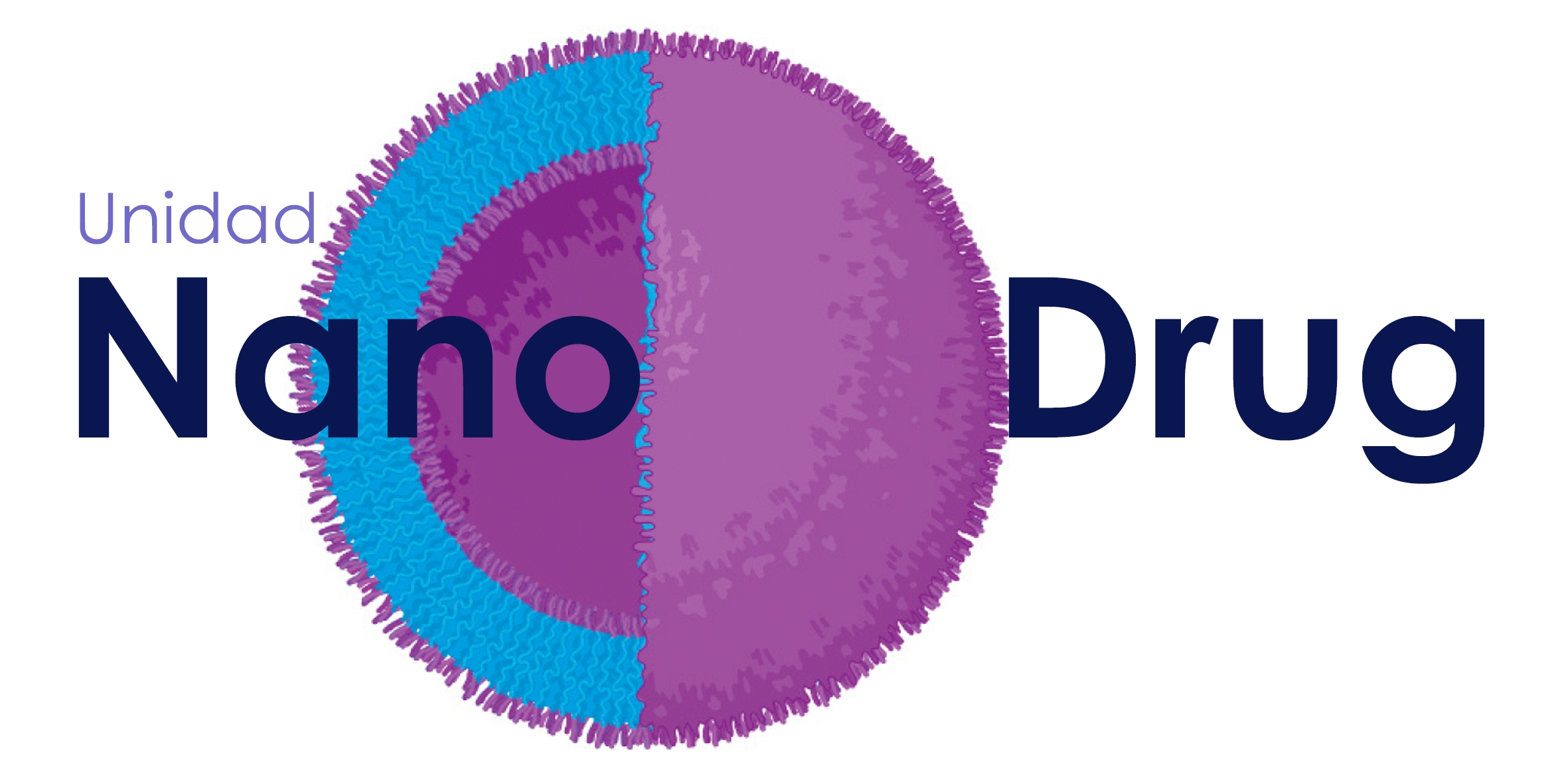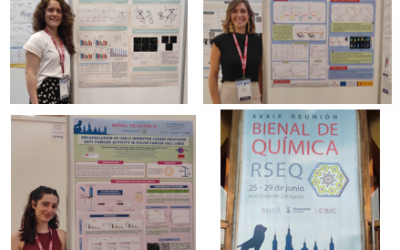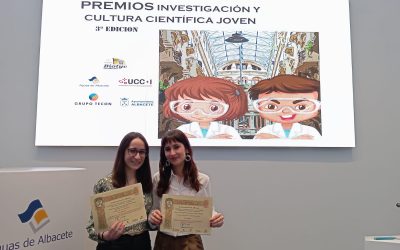Cancer
Cancer is a leading cause of death worldwide. Each year, tens of millions of people are diagnosed with cancer around the world, and more than half of the patients eventually die from it.
Cancer research importance
Cancer research is crucial to improve the prevention, detection, and treatment of these cancers, and ensure that survivors live longer, better quality lives. Research will identify the causes of cancer and find the way to improve methods of diagnosis and treatment.
Breast cancer
Breast cancer is the most frequent malignancy in women and is a heterogeneous disease on the molecular level. Female sex is the strongest breast cancer risk factor. Approximately 0.5-1% of breast cancers occur in men. Despite advances in early detection and the understanding of the molecular bases of breast cancer biology, about 30% of patients with early-stage breast cancer have recurrent disease. To offer more effective and less toxic treatment, selecting therapies requires considering the patient and the clinical and molecular characteristics of the tumor.
According to immunohistochemical and transcriptomic level, it can be divided into three subtypes: (i) tumours that express hormonal receptors, so-called luminal; (ii) cancers that overexpress human epidermal growth factor receptor 2 (HER2+); and (iii) tumours that do not express any of the above-mentioned proteins – triplet negative breast cancer (TNBC). Hormonal tumors account for 65% of all breast cancer, with HER2+ accounting for 20% and TNBC for 15%. Among all of them, TNBC is the one with the worst prognosis, due to its aggressiveness.
The fact of choosing one treatment or another to address the disease will depend on several factors such as the type of tumor, the stage, the presence of genetic mutations or the existence of metastases, among others. In general terms, luminal cancer requires hormonal treatments highly protocolized, while TNBC lacks effective treatments, and has a five-year survival rate of 20-90% depending on its stage. HER2+ breast cancer presents limitations in treatment, with high toxicity of certain chemotherapeutic agents and resistance generated by the tumor cell to ant-HER2 therapies. This, together with the clinical relevance of TNBC, in the absence of an effective therapy, entails the need to explore other alternatives to address this disease: improve existing treatments or generate new drugs.
Despite of the impressive progress in biotechnologies and further understandings of the disease biology, the development of new, practical and innovative therapeutics remains an arduous, time-consuming, and expensive project, which requires collaborations from much expertise in multidisciplinary fields, including medicinal chemistry, computational chemistry, biology, drug metabolism, and clinical research.
News
V Congreso sobre Materiales Funcionales en Almuñécar
¡Vuelta a los congresos! Esta semana, la Dra....
VI edición de la Concentración de Cortadores de Jamón
VI Concentración Cortadores de Jamón Este...
VI Concentración Cortadores de Jamón
VI Concentración Cortadores de Jamón Otro año...
Congreso RSEQ
Las estudiantes predoctorales María Arenas,...
Más de Uno, entrevista a Carlos Alonso
Entrevista a Carlos Alonso en el programa Más de...
Irene Sevilla y María Arenas ganan dos de los Premios de Investigación y Cultura Científica Joven de Albacete
Irene Sevilla y María Arenas ganan dos de los...




